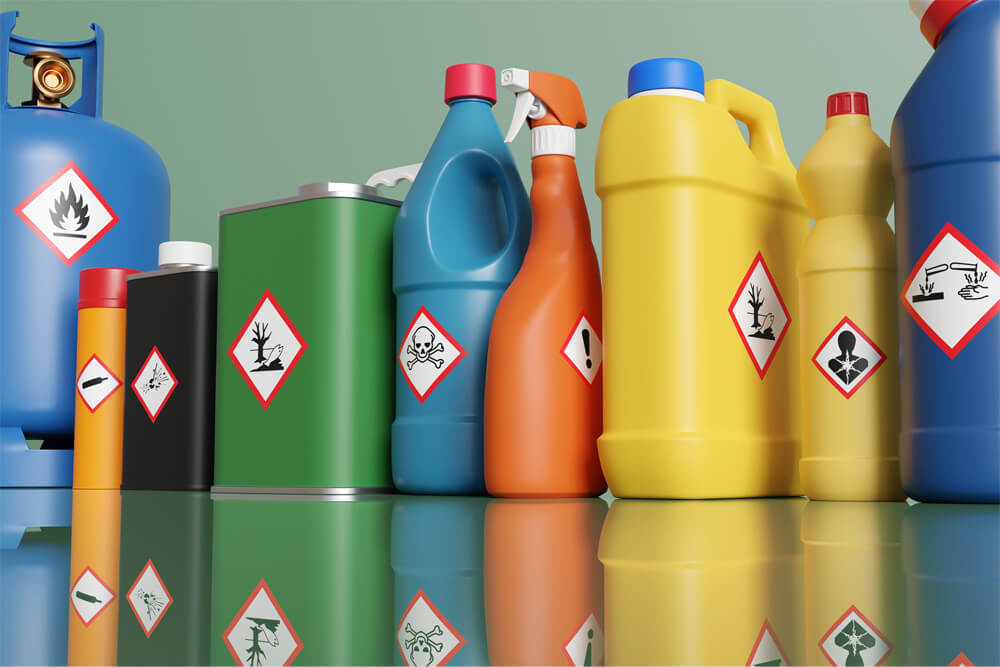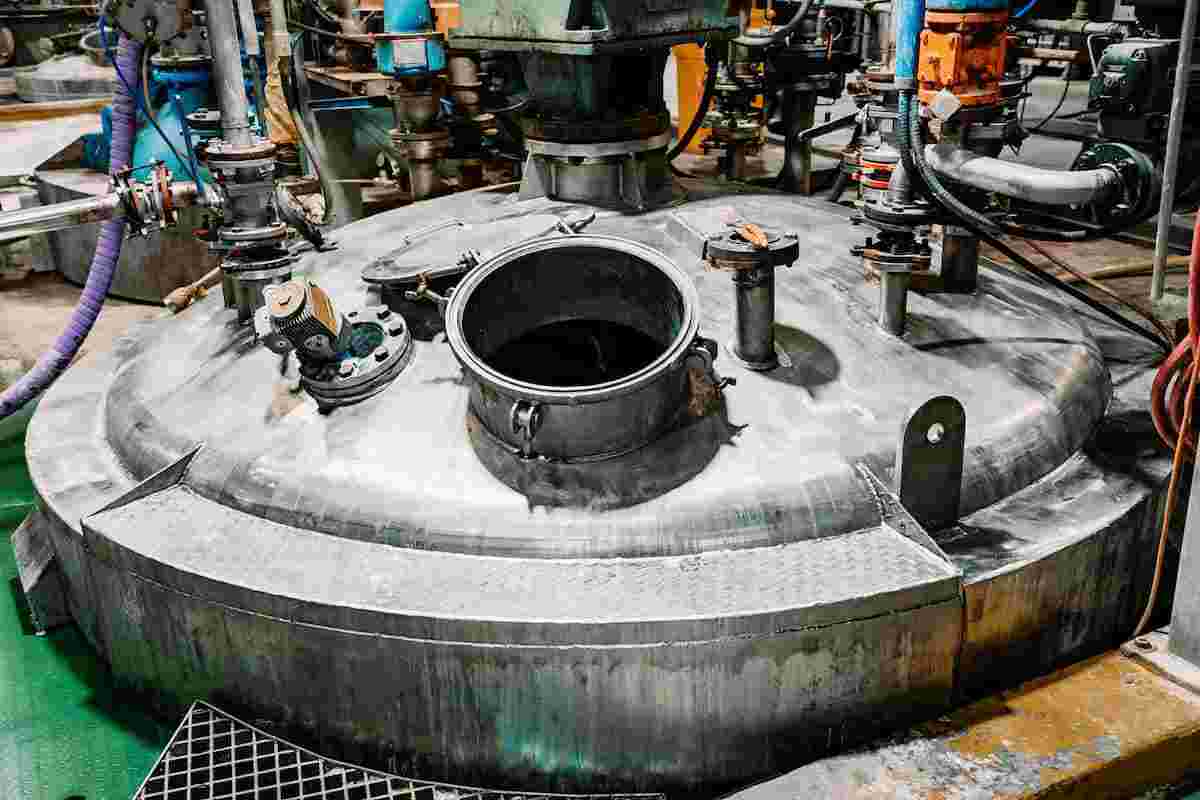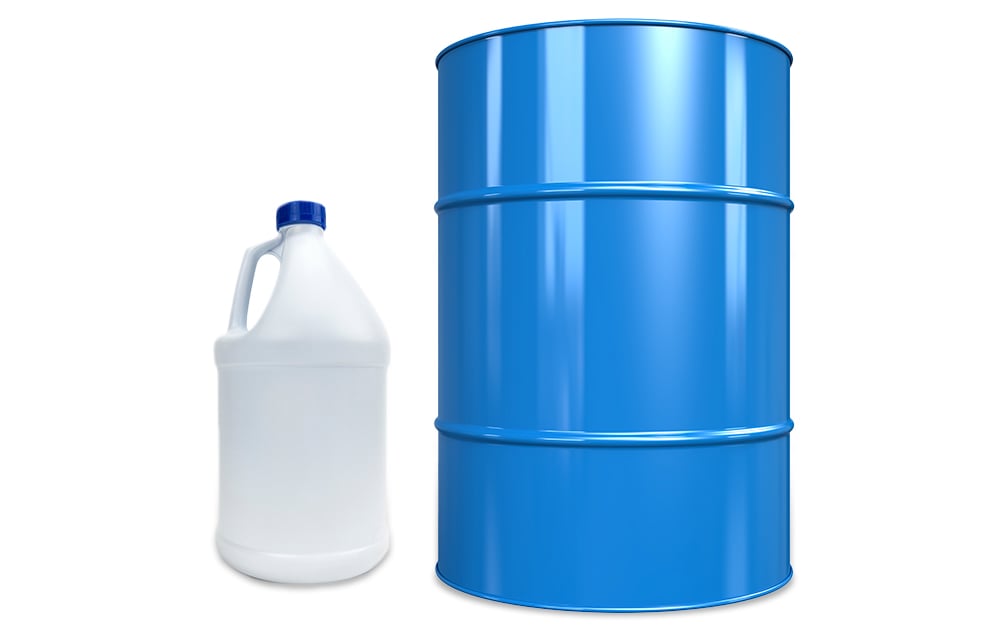
8 Chemical Packaging Accessories You Should Know About
There is more to chemical packaging than the barrels or bottles you store your product in. There are a multitude of packaging accessories that accompany your product to ensure that it gets to its final destination safely and efficiently. Here are eight of the most helpful chemical packaging accessories that will come in handy when shipping chemicals.
1. Banding
Banding is a high-strength strapping material used to close, bundle or tie together materials for secure transfer. The most popular materials are banding made of plastic or steel.
Plastic Banding
Typically, plastic banding is made from polypropylene, polyester and sometimes nylon. The material is extruded through a mold, then heated, stretched, annealed and cooled until finally being wound into a coil. By stretching the plastic band, the overall tensile strength increases.
A few benefits of plastic banding for packaging and shipping chemicals include its high strength and elasticity, moisture resistance, affordability, shock-absorbency and recyclability. Additionally, it can handle a fair range of temperatures, and the soft edges won’t damage the product. These benefits make the banding best for securing pallet loads or banding together printed materials, lumber, flooring (hardwood and laminates) and various appliances.
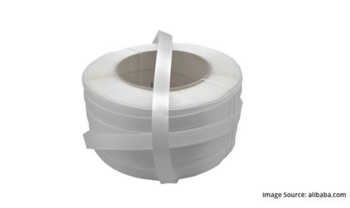
Steel Banding
Steel banding is often used to repair pipelines, install pipes and signage, secure electrical fixtures and strap heavy machinery. There are a variety of steel banding materials, including carbon steel and stainless steel. Each has slightly different treatments that correspond to the metal.
While steel banding doesn’t stretch, it is long-lasting, recyclable and has a high break strength. Additionally, steel banding stabilizes heavy, hard-to-secure products thanks to its ability to seal to itself and resist UV degradation.
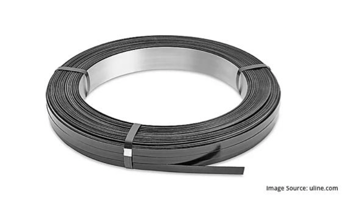
2. Bungs
A bung is a plug or closure used to close or seal the accompanying bunghole, the opening in a drum or a barrel. A bunghole is located on the top of an upright drum to allow for filling or emptying the container. The bunghole is either formed during the molding process or bored later.
Bungs can be made from silicon, rubber, cork or steel, depending on the material of the drum and the internal contents. Bungs can be equipped with tamper-evident caps or pour spouts. It creates a seal from the outside without displacing the product inside.
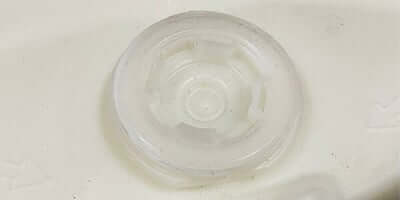
3. Protective Seals
Drum Clips and Tote Seals
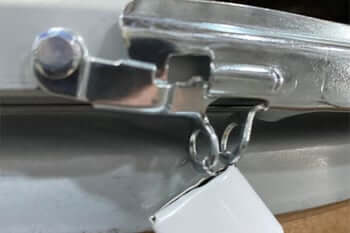
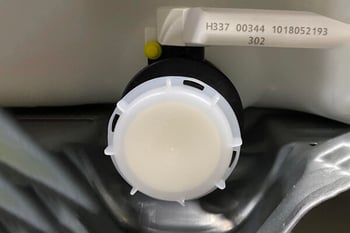
As an additional safety measure, drum and tote clips prevent tampering; an intact clip means the drum or tote hasn't been tampered with during transportation.
Fiber drums with lids will have a lever lock on the lid, and drum clips will secure the drum to the pallet. Tote clips provide the same functionality to tote containers.
Drum Bung Covers
For protection from dust, dirt or other contaminants, drum bung covers fit over a drum plug as a cap. Covers fitted with breakaway seals can also be indicators of tampering. Metal and plastic are popular bung cover materials.
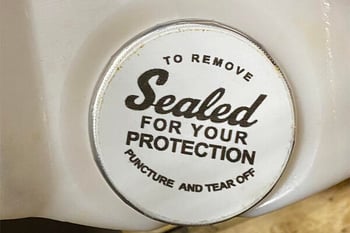
4. Liners
Liners are a protective material applied to the inside of a tank or bulk container as a barrier between the storage container and the product filling it. Liners are typical in chemical tanks, water tanks and clarifiers due to their ability to create an impermeable seal, plugging all gaps. The barrier will drastically increase the life of the container by preventing corrosion caused by leaks or exposure to humidity, air and dust. Liners will also preserve the integrity of the stored chemical by preventing any materials from entering the container or leaking out.
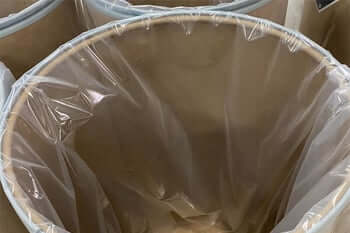
5. Labels
Product
A product label contains the product’s description, the Department of Transportation (DOT) description and an overview of the product. They are typically either 8.5” x 11” or 8.5” x 14”.
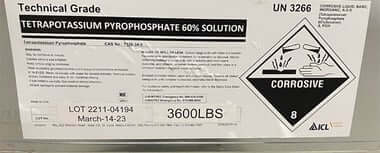
Hazard
Hazard labels used for chemicals are required to include pictograms, a signal word, hazard and precautionary statements, the product identifier and supplier identification according to OSHA standards. Each symbol represents chemical risks and safety precautions required for transportation.
6. Pallets
Pallets of all shapes, sizes and materials have the same primary purpose: to store and transport products. Industrial pallets increase load stability and operational efficiency while reducing product damage thanks to their unique design suited for automated production and universal warehouse facilities.
The standard size is 48” x 40”, with multiple configurations determining how forklifts can enter and lift the pallet. The design can also affect how the weight is distributed across the pallet. Their consistent shape makes them compatible with stacking while only taking up a small amount of space. They're made from various materials, including wood, plastic, steel and corrugated paper, but wood is the most common. Wood is eco-friendly, inexpensive, easily repaired and lightweight.
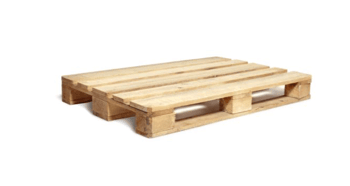
Pallet Pads (Chipboard)
Pallet pads protect your product and act as a barrier between your product and the dirt, nails and splinters found on wooden pallets. They also create a flat surface, so products don't protrude between gaps in wooden pallets. Often, pallet pads are made of recycled chipboard, a sturdy material similar to cardboard but without corrugating. Similarly, corrugated pads and sheets provide a layer in between product layers or underneath a pallet to prevent damage or slippage.
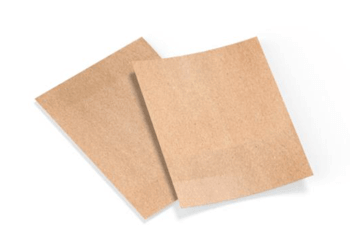
7. Stretch Wrap
Stretch wrap is a thin, highly stretchable plastic film (polyethylene) used to wrap around items and secure products onto a pallet in preparation for shipping. When firmly wrapped around a pallet, the length can extend up to 300%.
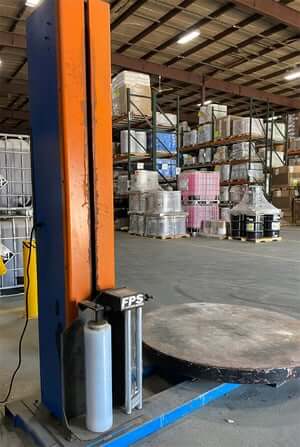
8. Twist Ties/Zip Ties
Twist, zip or cable ties are a type of fastener used to bundle items together, such as wires and cables. Their high tensile strength helps protect against vibration and prevent rattling. Based on the material, they should be chemical, UV and gamma radiation resistant and capable of handling extreme temperatures. You may have even used twist ties yourself to organize and color-code wires. While many ties are one-time use after zipping, some can be releasable. Nylon, plastic and stainless steel are the most common materials used to make twist ties.
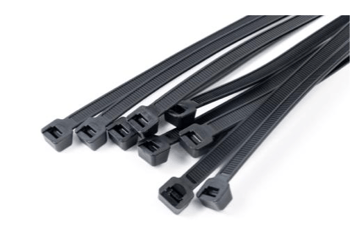 Chemical Packaging Accessories to Keep Your Product Secure
Chemical Packaging Accessories to Keep Your Product Secure
Once you’ve packaged your products, it’s time to think about the accessories that will help store or transport your product. Royal Chemical has over 80 years of experience blending, packaging and shipping chemical products. We can advise on the chemical packaging accessories you’ll need for your product, or we can handle it for you with our packaging services. Part of our process includes quality control, which includes:
- Pallet specification
- Labels
- Lot numbers
- Overall appearance
We’re committed to providing you with the logistical solutions to keep your chemical shipment safe.
Talk to an Expert
Streamline Your Chemical Manufacturing Process
Royal Chemical’s expertise in blending, packaging and shipping can save you time, reduce costs and deliver consistent results.














